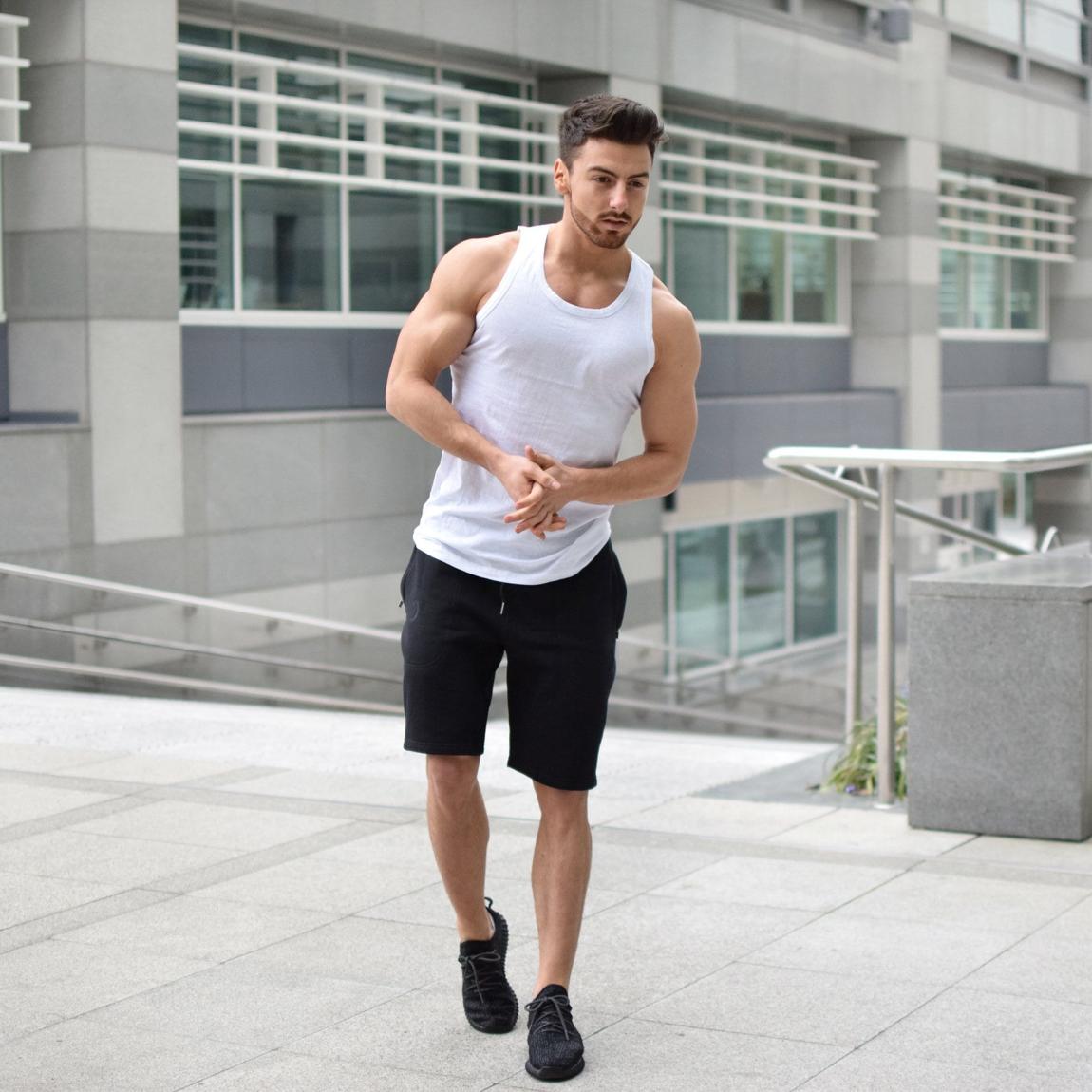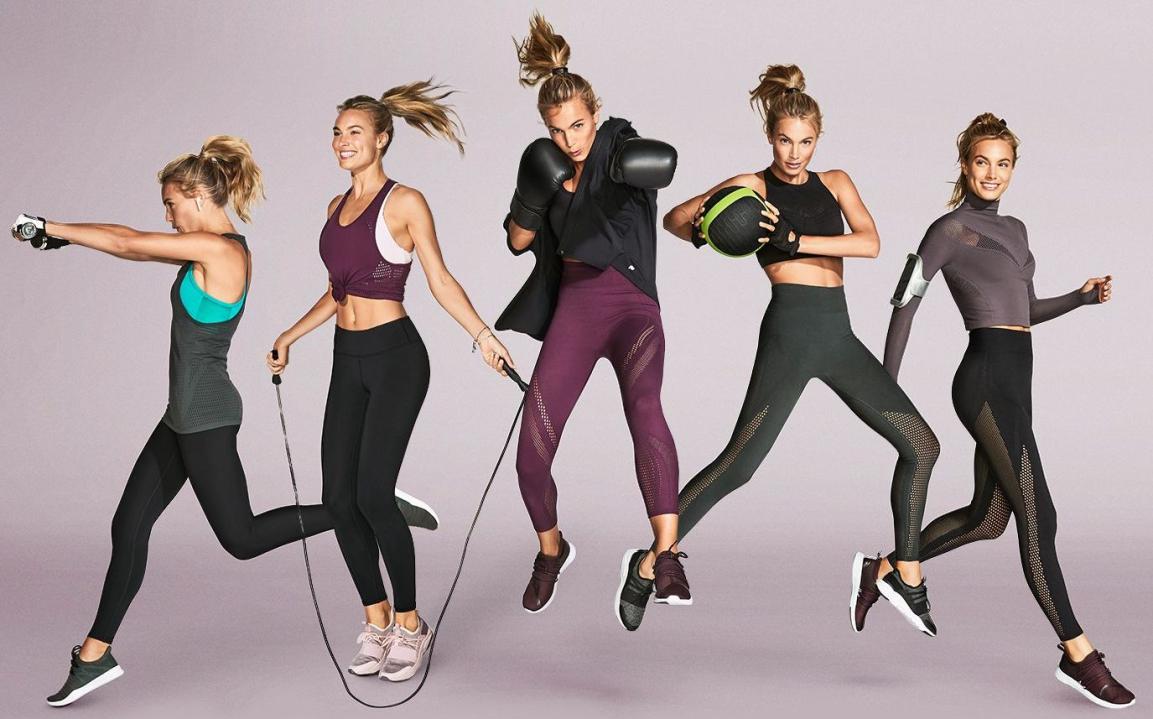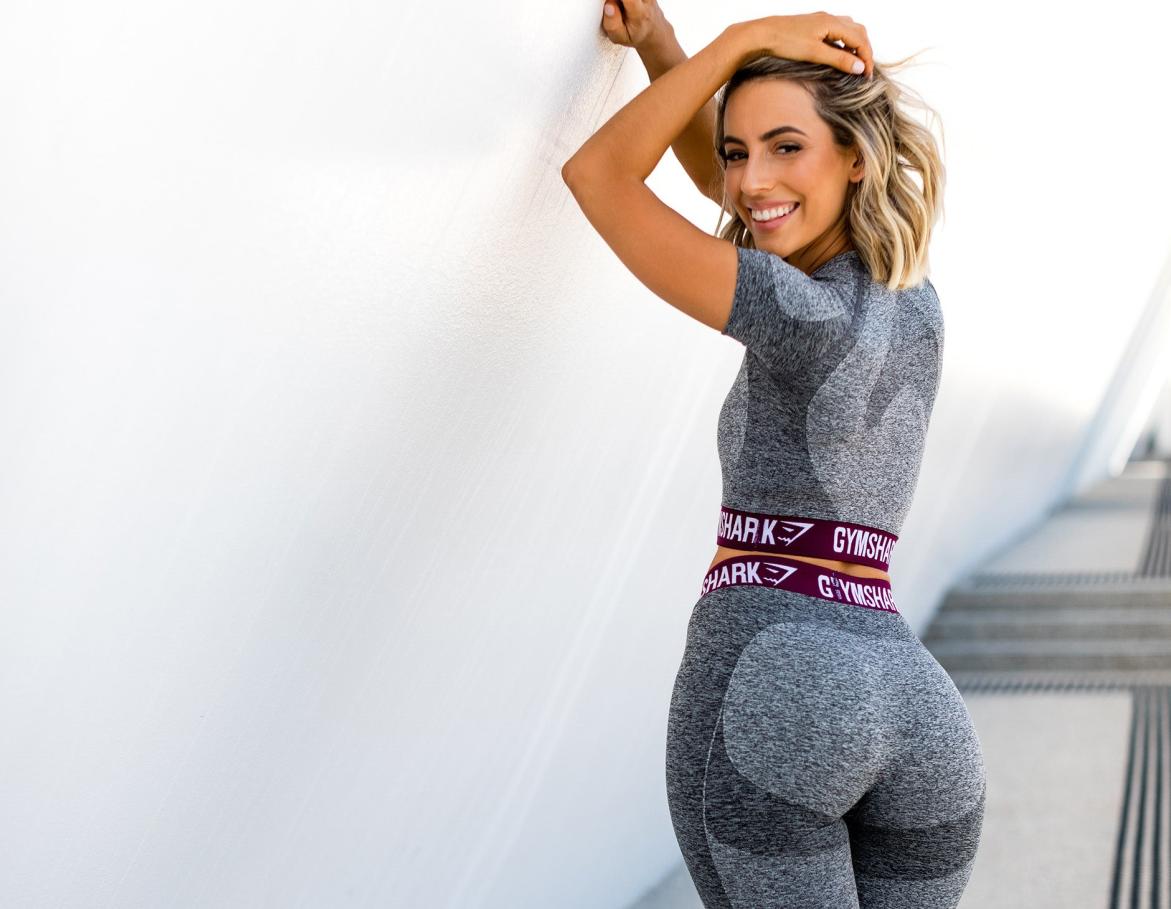What Are the Latest Innovations in Activewear Fabrics and Technologies?
Activewear fabrics and technologies have undergone significant advancements in recent years, driven by the increasing demand for high-performance and comfortable sportswear. These innovations aim to enhance the wearer's experience during physical activities by providing improved moisture management, odor control, breathability, compression, UV protection, sustainability, and integration with smart technologies.

Moisture-Wicking Fabrics
Moisture-wicking fabrics are designed to draw sweat away from the skin and disperse it across the fabric's surface, where it can evaporate quickly. This helps keep the wearer dry and comfortable during intense workouts or in hot weather.
- Benefits of Moisture-Wicking Fabrics:
- Enhanced comfort and dryness
- Reduced chafing and irritation
- Improved thermoregulation
- Faster drying time
Examples of Moisture-Wicking Fabrics:
- Polyester
- Nylon
- Spandex
- Merino wool
- Bamboo-derived fabrics
Anti-Odor Technologies
Anti-odor technologies combat the growth of odor-causing bacteria on activewear, keeping garments fresher for longer. This is particularly beneficial for high-intensity workouts or activities that generate excessive sweat.
- Benefits of Anti-Odor Technologies:
- Reduced odor and unpleasant smells
- Enhanced hygiene and freshness
- Increased garment lifespan
- Fewer washes required, saving water and energy

Examples of Anti-Odor Technologies:
- Silver-based antimicrobial treatments
- Zinc-based antimicrobial treatments
- Antibacterial fabric coatings
- Odor-absorbing materials like activated charcoal
Breathability And Ventilation
Breathable and ventilated activewear fabrics allow air to circulate freely, promoting cooling and preventing overheating. This is crucial for maintaining comfort during strenuous activities or in warm environments.
- Benefits of Breathable and Ventilated Activewear Fabrics:
- Enhanced comfort and freshness
- Reduced sweat accumulation
- Improved thermoregulation
- Faster drying time

Examples of Breathable and Ventilated Activewear Fabrics:
- Mesh fabrics
- Perforated fabrics
- Fabrics with moisture-wicking properties
- Fabrics with strategically placed ventilation panels
Compression Fabrics
Compression fabrics apply gentle pressure to the muscles, promoting blood flow and reducing muscle fatigue. This can enhance performance and aid in recovery after workouts.
- Benefits of Compression Fabrics:
- Improved muscle support and stability
- Reduced muscle fatigue and soreness
- Enhanced blood circulation
- Potential injury prevention
- Faster recovery after workouts
Examples of Compression Fabrics:
- Spandex
- Nylon
- Polyester
- Specialized compression fabrics designed for specific sports or activities
UV Protection
UV-protective activewear fabrics shield the skin from harmful ultraviolet (UV) rays, reducing the risk of sunburn and skin damage. This is particularly important for outdoor activities or sports played in sunny conditions.
- Benefits of UV-Protective Activewear Fabrics:
- Reduced risk of sunburn and skin cancer
- Protection against premature aging of the skin
- Enhanced comfort and safety during outdoor activities
Examples of UV-Protective Activewear Fabrics:
- Fabrics with a high ultraviolet protection factor (UPF) rating
- Fabrics with tightly woven fibers that block UV rays
- Fabrics treated with UV-protective coatings or finishes
Sustainability And Eco-Friendly Fabrics
Sustainable and eco-friendly activewear fabrics prioritize environmental responsibility by using recycled materials, organic fibers, and production processes that minimize waste and pollution.
- Benefits of Sustainable and Eco-Friendly Activewear Fabrics:
- Reduced environmental impact
- Conservation of natural resources
- Support for ethical and sustainable manufacturing practices
- Improved brand reputation and consumer trust
Examples of Sustainable and Eco-Friendly Activewear Fabrics:
- Recycled polyester
- Organic cotton
- Bamboo-derived fabrics
- Hemp-based fabrics
- Fabrics made from biodegradable materials
Smart Fabrics And Wearable Technologies
Smart fabrics and wearable technologies integrate sensors, electronics, and connectivity into activewear, enabling the monitoring of vital signs, tracking of physical activity, and even providing haptic feedback or personalized training guidance.
- Benefits of Smart Fabrics and Wearable Technologies in Activewear:
- Enhanced performance tracking and analysis
- Personalized fitness recommendations
- Improved safety and injury prevention
- Integration with fitness apps and devices
- Potential for remote coaching and monitoring
Examples of Smart Fabrics and Wearable Technologies in Activewear:
- Garments with built-in heart rate monitors
- Clothing that tracks steps, distance, and calories burned
- Apparel with GPS capabilities for outdoor activities
- Smartwatches and fitness trackers integrated into clothing
- Textiles that provide haptic feedback for guided workouts
The continuous innovation in activewear fabrics and technologies has revolutionized the sportswear industry, providing athletes and fitness enthusiasts with garments that enhance performance, comfort, and safety. From moisture-wicking and anti-odor properties to breathability, compression, UV protection, sustainability, and smart features, activewear has become an integral part of modern fitness lifestyles. As technology advances, we can expect even more groundbreaking innovations in activewear fabrics and technologies in the years to come.
YesNo

Leave a Reply